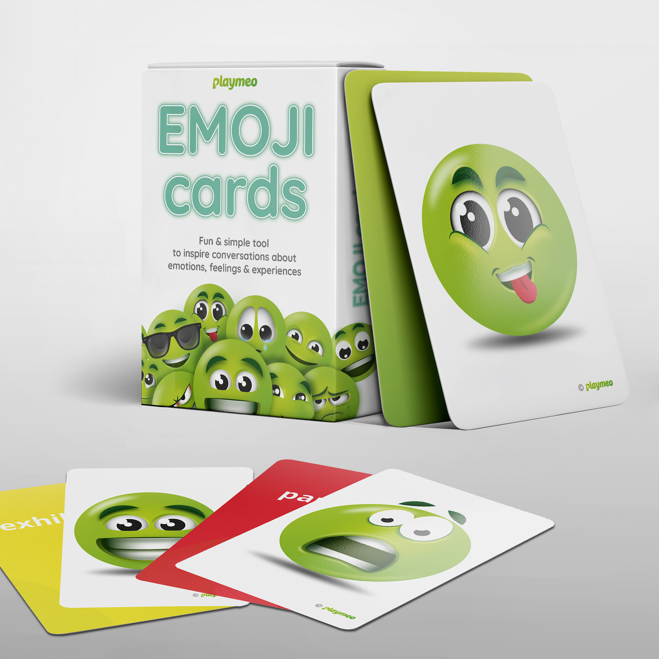How to Make Your Debriefs More Engaging:
Strategies for Fun & Effective Reflection
If you’ve ever gathered your group for a debrief after an activity and noticed their eyes glaze over or heard groans of boredom, you’re not alone.
Many facilitators struggle to keep debrief sessions engaging and impactful. But debriefing doesn’t have to be a dull experience—it can be fun, interactive, and, most importantly, deeply meaningful.
In this post, I’ll share my top strategies to transform your debriefs from dry and boring to engaging and energizing. Let’s explore how you can create engaging debriefs and use powerful reflection strategies to ensure that your group learns and grows.
Click play below to get started or continue reading…

















Original post October 2024, last updated December 2024.